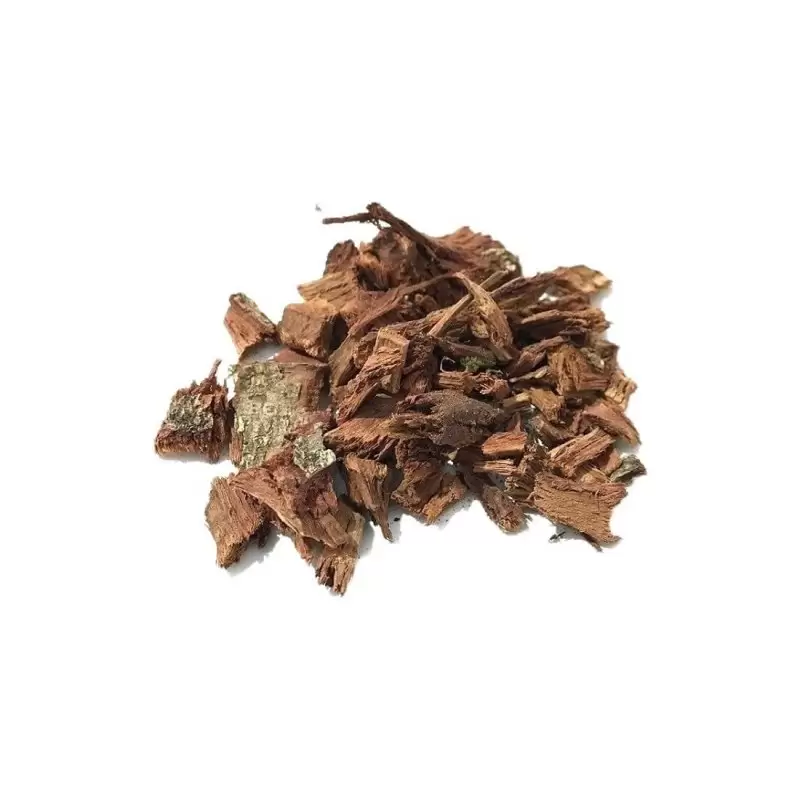



Fast delivery worldwide
Sent by: DHL, DPD, UPS, MRW, CTT
Ingredients: 100% Agoniada Bark (Plumeria lancifolia or Himatanthus lancifolius).
Bitter taste
Curiosities:
Originating in South America, Agoniada is a medicinal and tropical plant belonging to the Apocynaceae family. Its seeds were used by indigenous to manufacture special pieces for celebrations. In addition to this use, they will have taken advantage of the properties of Agoniada Bark Tea to prevent the spread of malaria. This natural formula is known to influence the uterine and vaginal well-being of women and is used to relieve symptoms caused by menstruation and menopause. Agoniada contains a high quantity of vitamins, minerals, and antioxidants that make it a plant rich in medicinal properties.
The consumption of Agoniada Bark Tea can be applied for the relief of menstrual cramps, regulation of the menstrual cycle, uterine inflammation, vaginal discharge, gas and urinary infections. Its action in increasing urinary flow may contribute to eliminating substances unfavourable to the proper functioning of the body. In addition to performing functions in the uterine and urinary system, Agoniada can contribute to the strengthening of defences, fever reduction, and digestion regulation, even in the treatment of respiratory and gastrointestinal diseases.
Although little discussed, Agoniada Bark Tea can cause an increase in breast milk production and menstrual flow.
Water temperature: 100º
Infusion time: 5 to 10 minutes.
Recommended quantity: 1 cup of tea about 3 to 4 times a day, before each main meal.
Preparation: Place 2 tablespoons of Agoniada Bark in a container with a litre (1L) of boiled water. Then cover it and let it rest for 5 to 10 minutes. Finally, strain, and you can consume the tea hot or cold. If your Agoniada Bark Tea has a bitter flavour, you can sweeten it with honey or stevia leaves.
Store in a cool (max. 20º) and dry place (max. 60% humidity).
Warnings: This plant should be avoided by pregnant women, babies, or anyone with hypersensitivity to its chemical components without prior medical advice.
Note: The image shown was realized in our company, however, the type of cut and dimensions of the plant may vary from supply to supply or time of year.
Predominant Flavour: Bitter and astringent
Flavour Balance: The bitterness and astringency of Agoniada are softened by the floral sweetness of Elderflower, while Peppermint adds a cooling sensation. The Lemon Peel provides a bright citrus note that harmonises the blend.